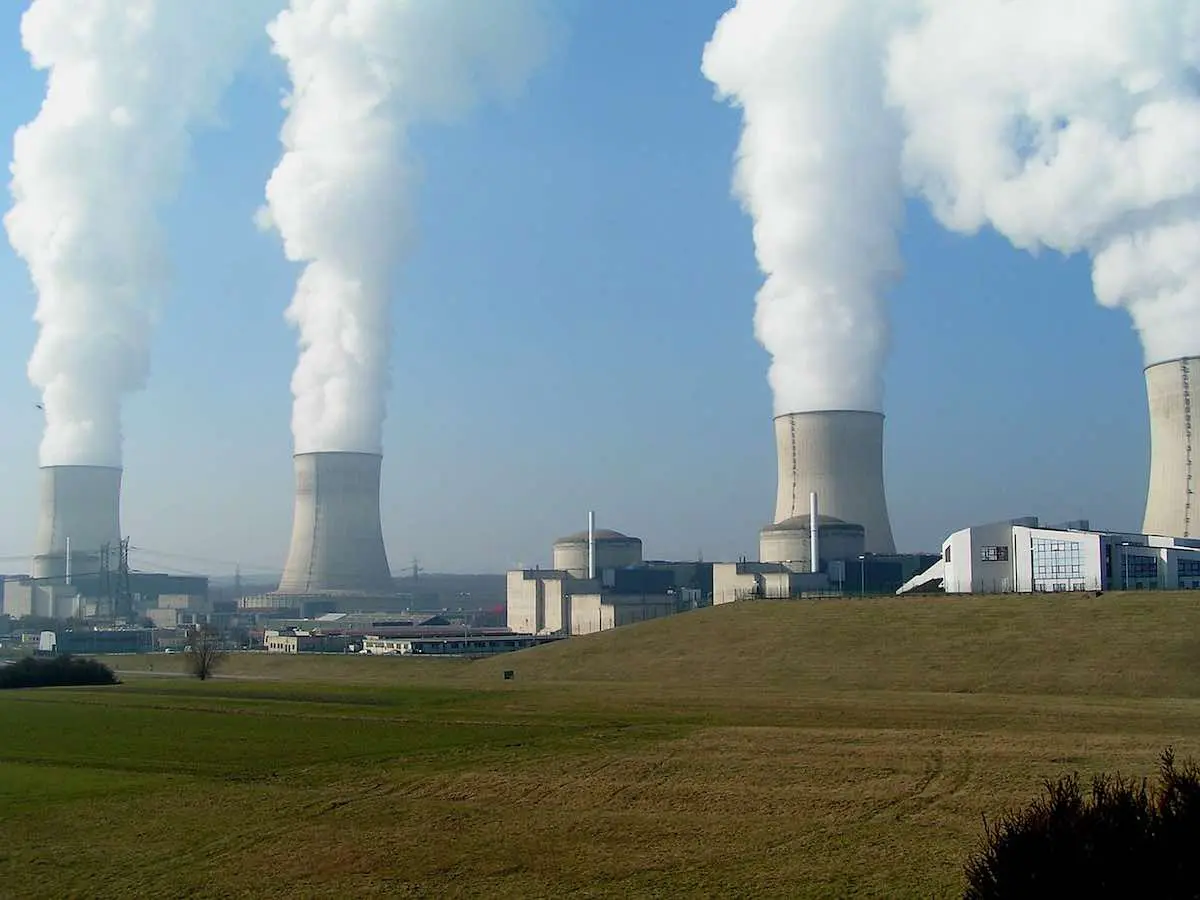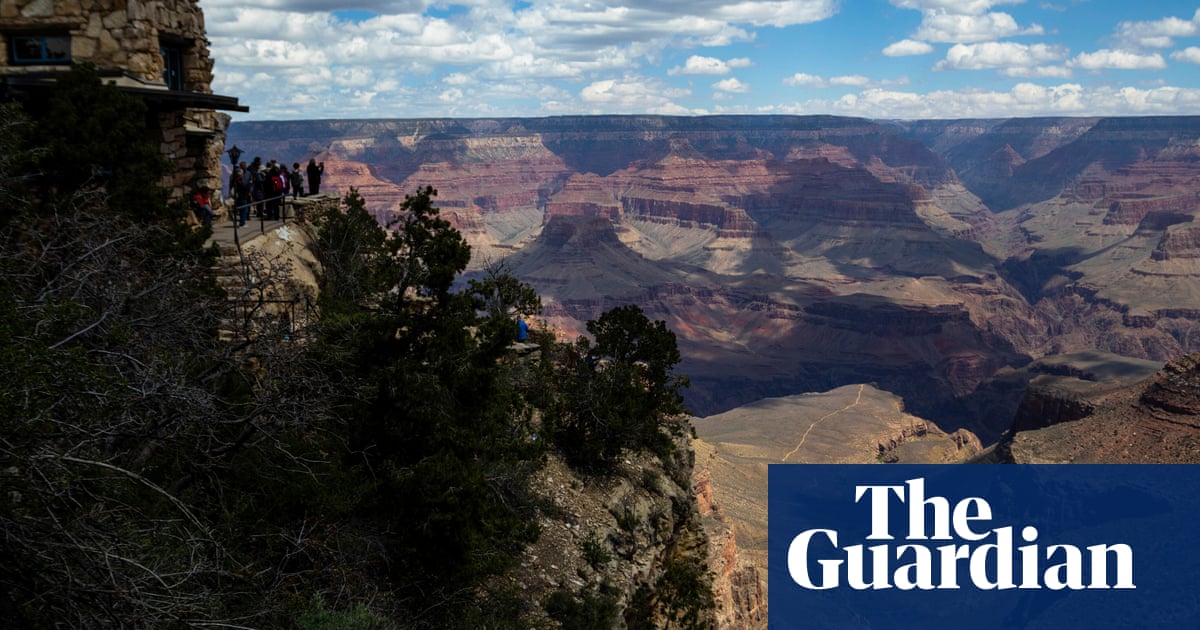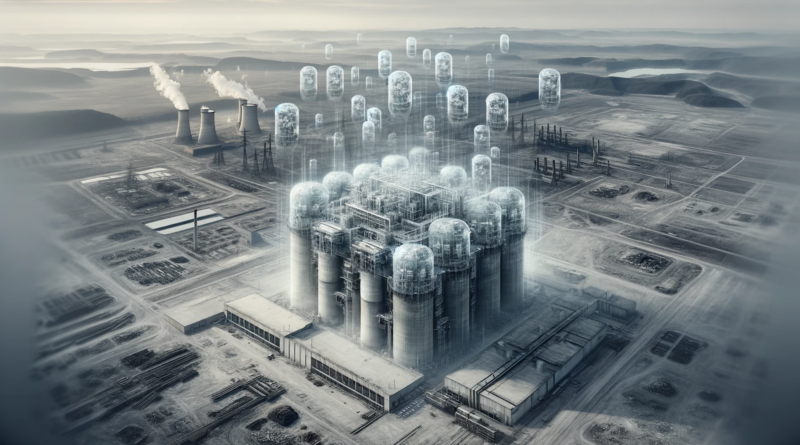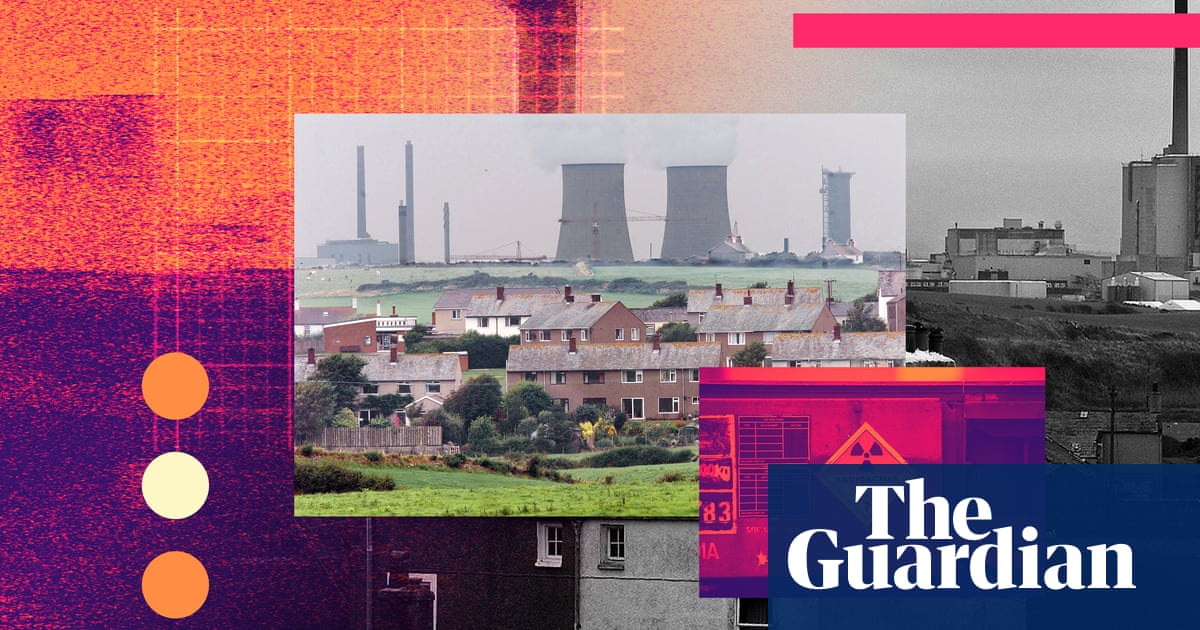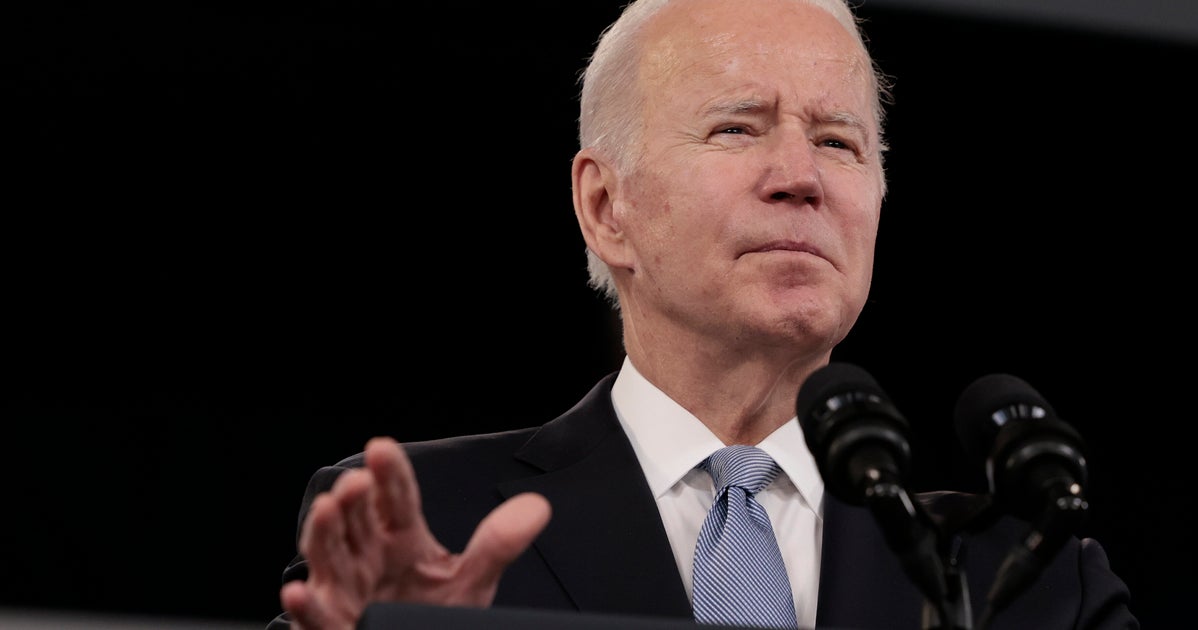mspohr
Well-Known Member
Not clean. Probably not reliable even with "normal" maintenance... and certainly going to be very expensive for ratepayers (but the utility will make a killing so I guess that's all that matters).Vogtle 3 enters commercial operation:

As Vogtle Unit 3 starts commercial operation, Unit 4 gets NRC approval to begin fuel loading
Vogtle Unit 3 is the first newly constructed commercial nuclear reactor in the U.S. in more than 30 years. Unit 4 is expected to enter into service in the fourth quarter of 2023 or first quarter of 2024.www.utilitydive.com
This quote is just begging for Murphy's Law to come into play...
Today “marks the first day of the next 60 to 80 years that Vogtle Unit 3 will serve our customers with clean, reliable energy,” added Kim Greene, chairman, president and CEO of Georgia Power.
RT



